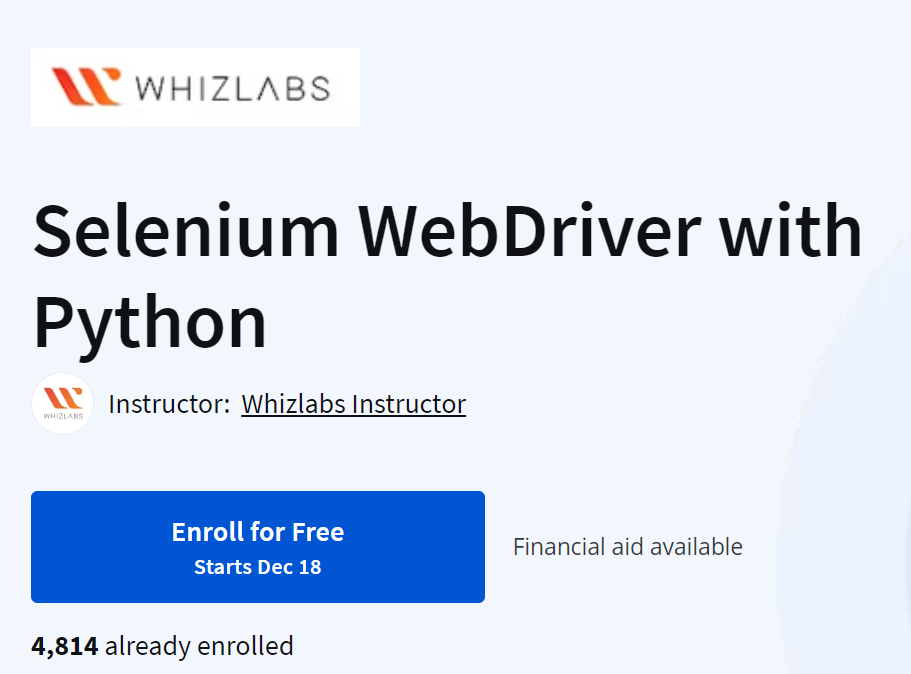
Selenium WebDriver is a widely-used tool for automating web browser interactions, and combining it with Python—a versatile and beginner-friendly programming language—creates a powerful duo for web automation and testing. The "Selenium...
Python Developer December 18, 2024 Python, Web development, web scraping No comments

Python Developer December 17, 2024 AI, web scraping No comments

Free Books Python Programming for Beginnershttps://t.co/uzyTwE2B9O
— Python Coding (@clcoding) September 11, 2023
Top 10 Python Data Science book
— Python Coding (@clcoding) July 9, 2023
🧵:
Top 4 free Mathematics course for Data Science ! pic.twitter.com/s5qYPLm2lY
— Python Coding (@clcoding) April 26, 2024
Web Development using Python
— Python Coding (@clcoding) December 2, 2023
🧵: